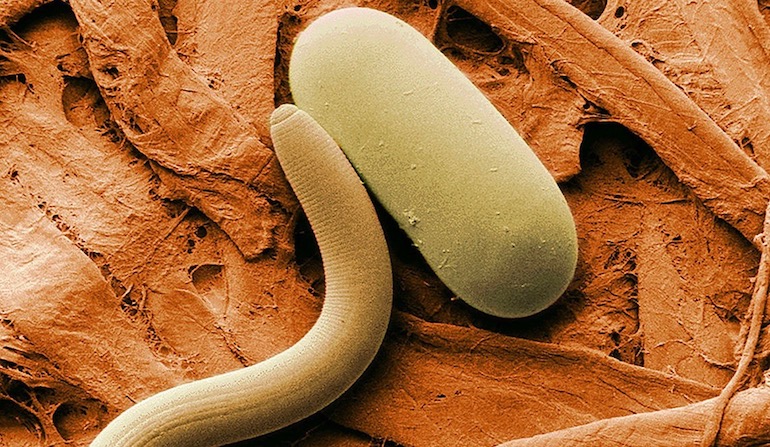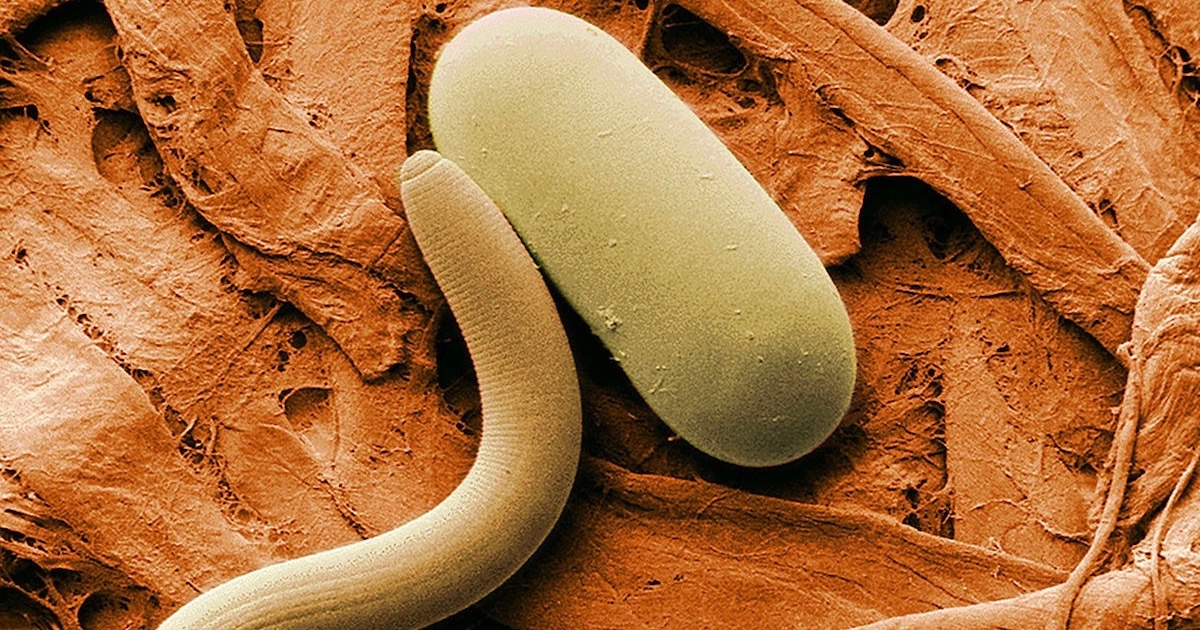 Intelligent Design
Intelligent Design
A Suspicious Pattern of Deletions


Winston Ewert recently published a paper in BIO-Complexity suggesting that life is better explained by a dependency graph than by a phylogenetic tree. The study examines the presence or absence of gene-families in different species, showing that the average gene family would need to have been lost many times if common ancestry were true. Moreover, the pattern of these repeated losses exhibits a suspiciously better fit to another pattern: a dependency graph.
It turns out this pattern of nonrandom “deletions” has been noticed before, although it appears that the researchers involved didn’t realize they might be looking at a dependency graph. Way back in 2004, Austin Hughes and Robert Friedman published a paper titled “Shedding Genomic Ballast: Extensive Parallel Loss of Ancestral Gene Families in Animals.” (For more about Hughes, who passed away in 2015, see here in the online journal Inference.) From the Abstract:
An examination of the pattern of gene family loss in completely sequenced animal genomes revealed that the same gene families have been lost independently in different lineages to a far greater extent than expected if gene loss occurred at random.
The Nematode Genome
They noted that different aspects of the nematode genome suggest it belongs in different places on the tree of life. They argue that presence or absence of genes could be better for inferring phylogenetic relationships than sequence similarities, and they found that this method produced the standard phylogenetic tree with 100 percent bootstrap support. Yet they also found that many genes were “lost” in parallel, in multiple branches of the tree. One criticism of Ewert’s work is that this phenomenon might be due to missing data: not all genes in all species have been catalogued. But Hughes and Friedman used five whole genomes, and so they could argue that the pattern is real, not an artifact.
Hughes and Friedman also argue that horizontal gene transfer is a much less likely explanation, since it is rarely seen in animals, and it is made even more so by the fact that whether some gene families are “lost” or some are “extra,” the deviations from the tree are not distributed randomly.
Expendable Core Functions?
Moreover, many of the gene families non-randomly “lost” were elements of the core machinery of the cell, including proteins involved in amino acid synthesis, nucleotide synthesis, and RNA-to-protein translation. Despite this, the researchers argued:
The fact that numerous gene families have been lost in parallel in different animal lineages suggests that these genes encode proteins with functions that have been repeatedly expendable over the evolution of animals.
Core functions that are also expendable? The researchers are implying that all the gene families were present in the common ancestor of all animals, that it had a massively bloated and inefficient metabolism, with multiple different pathways to do any particular synthesis, and then lost them over time because animals need to have an efficient metabolism. Okay, but why did it have all these extra pathways? And when are all the gene families supposed to have evolved? This shunts all evolutionary creative (complexity-building) events back to the biological Big Bang of the Cambrian explosion.
Ewert’s hypothesis explains the same data more simply: there never was a bloated ancestor, and those genes weren’t lost so many times. The pattern isn’t best explained by any kind of tree. It is best explained by a dependency graph.
Photo: A soybean cyst nematode, by Agricultural Research Service [Public domain], via Wikimedia Commons.
